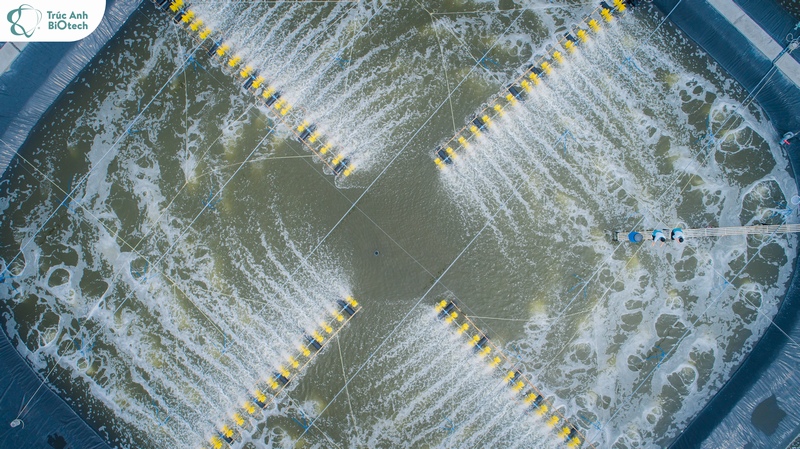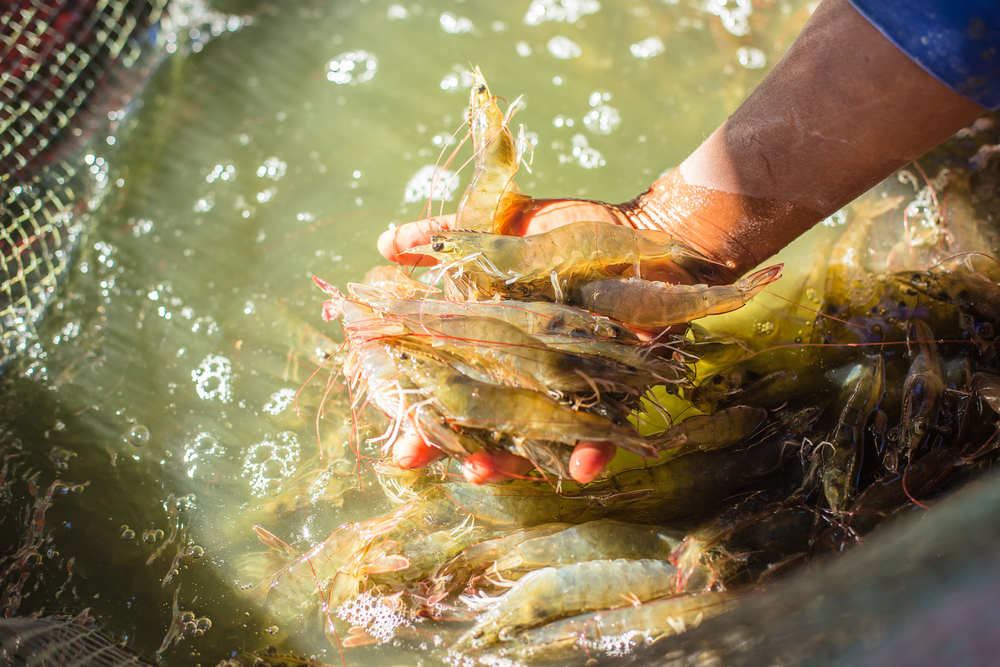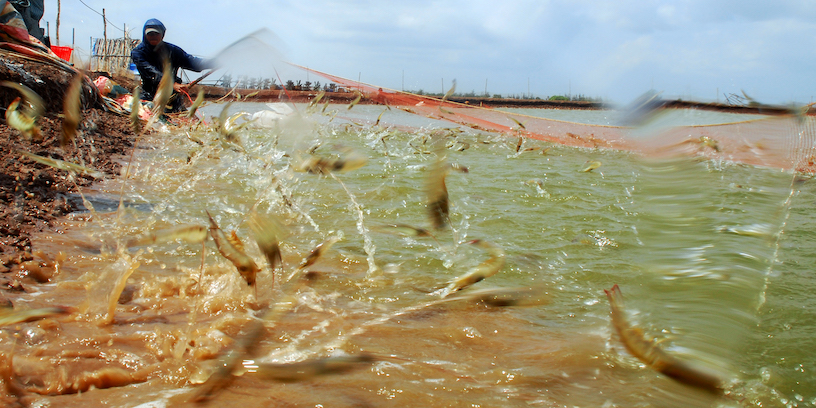Although relatively young, the shrimp farming industry in recent decades has rapidly developed thanks to the application of advances from the fields of science, especially genetic technology and microbiological technology. As of 2017, shrimp farming is already a global industry with an output of 4.2 million tons with a total production value of about $23.5 billion; in which, China, Thailand and Vietnam are the three leading countries in terms of shrimp farming area and output.
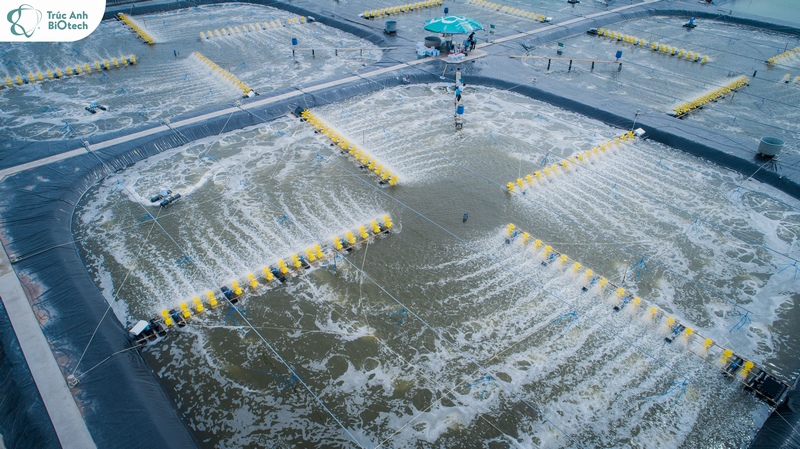
Shrimp ponds in Vietnam
Shrimp farming in its earliest form appeared in Asia many centuries ago, where shrimp migrated into intertidal flats to forage and breed, producing random shrimp crops of 100-200kg/ha per year without doing much other than setting traps/harvesting.
However, to really become a modern livestock industry, it was not until the 1930s that the shrimp was researched and tested by Motosaku Fujinaga, a scientist in Japan. Then it took another four decades, when Fujinaga’s method was spread through the United States and Taiwan, where the climate was more favorable and the breed was more suitable, the shrimp was grown commercially and gradually accepted by the market
Entering the 1980s, the shrimp farming industry officially entered the development stage and based on the characteristics of the seed source, we can divide it into 3 clear stages as follows: The catching period, the hatching period and the period. Breeding.
1982 – 1987: Breeding period
This is the golden age of the shrimp industry in the world. The market has accepted and there is a high demand for commercially farmed shrimp leading to the proliferation of shrimp farms, especially in Taiwan and Ecuador. Due to the low density of farming, the disease is also limited, shrimp farmers are less risky and profitable to reinvest to expand, boosting shrimp production by more than 100% per year during this period.
In Asia, farms mainly raise black tiger shrimp (P. monodon), while vannamei shrimp (P. vannamei) is selected by the Americas. The source of breeding for this stage is mostly postlarvae collected from the wild with a simple pond culture method.
1988 – 1996: Breeding period
With production five times that of the Americas, Asia’s black tiger shrimp was the dominant species during this period. However, with the exploration of the shrimp farming industry as well as the trend of increasing stocking density to increase profits, the source of naturally collected breeds is starting to reach a tipping point and affect the growth rate of the whole industry during this period.
To solve the problem of breed sources, hatcheries began to invest in development with the source of broodstock collected from the wild. This, in the long run, has a negative impact because hatcheries do not control pathogens from broodstock, leading to the risk of disease spreading through the source of the shrimp breed. The worldwide spread of white spot disease in the early 1990s is a prime example.
With great obstacles from diseases as well as limited seed sources, the growth rate of the shrimp industry during this period quickly declined, to only 2% per year.
1997 – 2007: Breeding period
This period witnessed the rise of vannamei shrimp. In 1998, whiteleg shrimp production accounted for only 10% of total global shrimp production, by 2006, this figure was 75%. The cause of this change comes from the disease-free seed (SPF) that was developed by the United States in the early 1990s to deal with the white spot epidemic. This was followed by an increasing domestication of vannamei, especially since 1997 when the US company High Health Aquaculture initiated a breeding program to develop Taura syndrome (TVS) resistant seed stock, simultaneously growing rapidly.
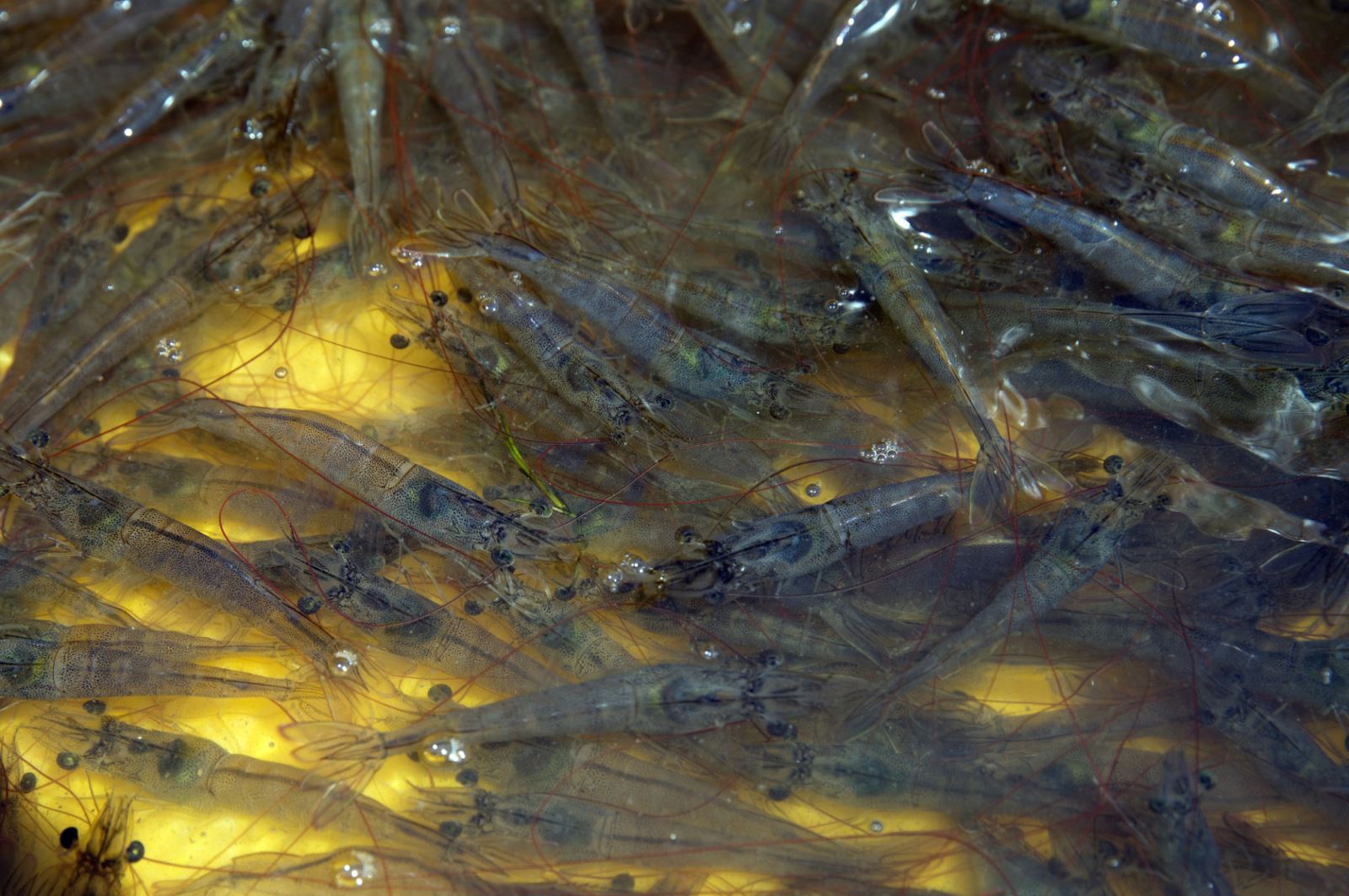
Whiteleg shrimp
With the development of breeding programs and genetic selection, the global shrimp farming industry has gradually become proactive in the source of seed, both in quantity and in disease resistance. Moreover, selective breeding also improves the growth rate of shrimp through each generation, shortening the grow-out period, thereby cutting costs for shrimp farmers. Combined with the adoption of safe and modern farming methods, this has restored growth momentum, helping the shrimp farming industry to achieve a growth rate of more than 20% per year during the 10 years of this period.
|
Stage |
Period Annual Output Increases (x1000 tons) |
Increase production |
Growth rate (%/year) |
|
|
Beginning of the period |
End of the period |
|||
|
1982-1987 |
84 |
604 |
520 |
103% |
|
1988-1996 |
604 |
693 |
89 |
2% |
|
1997-2007 |
693 |
2000 |
1307 |
21% |
Global shrimp production through 3 periods of development
Entering the 21st century, despite previous major failures due to diseases, the global shrimp industry is still on a strong growth momentum by taking advantage of advances from other sectors. Genetic technology helps to proactively and improve breed sources, and easily detects viral diseases early. The feeding and health care of shrimp populations has also benefited significantly from discoveries in probiotic technology. In addition, the innovations of information technology have been applied to the management process as well as the logistics supply chain of the industry. Global shrimp production through 3 stages of development.
Until now, vannamei is still the dominant species in the shrimp industry, but its production success also leads to oversupply and lower prices for small and medium sized shrimp in the world market. This also directs industry interest back to black tiger shrimp, with domestication and breeding plans similar to that done with vannamei. The future is unpredictable, but whether it is vannamei, black tiger shrimp or any other shrimp species, the use of quality breeding through selective breeding for high yield and disease-free breeding is still important. Key factors help shrimp farmers limit risks and reduce costs to make profits.
